โปรไฟล์โลหะ 6Y02 สายแหล่งกำเนิดแสงประเภท Earth
ตอนนี้บริษัทของเรามีเส้นแหล่งกำเนิดแสงที่หลากหลาย เส้นจับคู่ที่มีสีเดียวกัน เส้น I-line ที่แคบมาก...

เส้นแผ่นผนังในตัวสามารถแบ่งออกเป็นสองประเภทตามวัตถุดิบ: โครงโลหะและเส้นไม้ไผ่ โปรไฟล์โลหะโดยทั่วไปมี 5 สี (สีดำด้าน, สีทองไททาเนียมด้าน, สีทองกุหลาบด้าน, สีเทาเหล็กด้าน, สีบรอนซิ่งด้าน) และโปรไฟล์โลหะบางประเภทที่สามารถเคลือบด้วยสีเดียวกันได้ ซึ่งเป็นแนวโน้มในอนาคตเช่นกัน นั่นคือ การทำให้โลหะหลุดลอก . โปรไฟล์โลหะมีคุณสมบัติเป็นโลหะ มีความเสถียรและทนทานมากกว่า และเหมาะสำหรับทุกสภาพแวดล้อมการใช้งาน คุณภาพเส้นโลหะของ บริษัท นั้นยอดเยี่ยมและระบบรองรับที่สมบูรณ์นั้นสมบูรณ์แบบซึ่งสามารถแก้ปัญหาการติดตั้งผนังทั้งหมดได้ดังนั้นโปรไฟล์โลหะจึงเป็นที่นิยมของลูกค้า เส้นไม้ไผ่ทำจากไม้ไผ่และเคลือบพื้นผิวไม้จึงสามารถเข้าได้กับทุกสีและมักใช้ในการตกแต่ง นอกจากนี้ยังใช้กับพื้นผิวคุณภาพสูงและฟิล์มชนิดเดียวกับแผ่นผนัง กระบวนการเคลือบฟิล์มก็ยอดเยี่ยมเช่นกัน และคุณภาพของเส้นไม้ไผ่ที่ผลิตก็ค่อนข้างสูงเช่นกัน
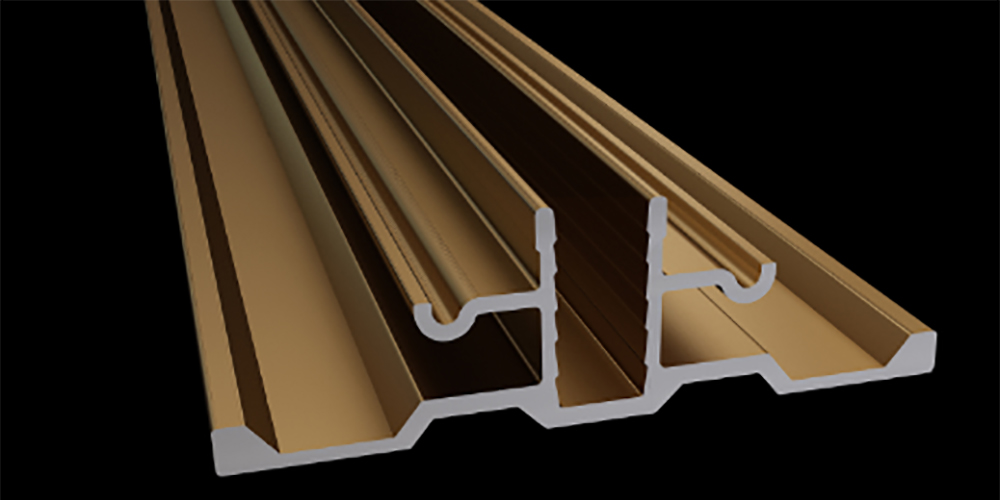
ตอนนี้บริษัทของเรามีเส้นแหล่งกำเนิดแสงที่หลากหลาย เส้นจับคู่ที่มีสีเดียวกัน เส้น I-line ที่แคบมาก...

ตอนนี้บริษัทของเรามีเส้นแหล่งกำเนิดแสงที่หลากหลาย เส้นจับคู่ที่มีสีเดียวกัน เส้น I-line ที่แคบมาก แ...
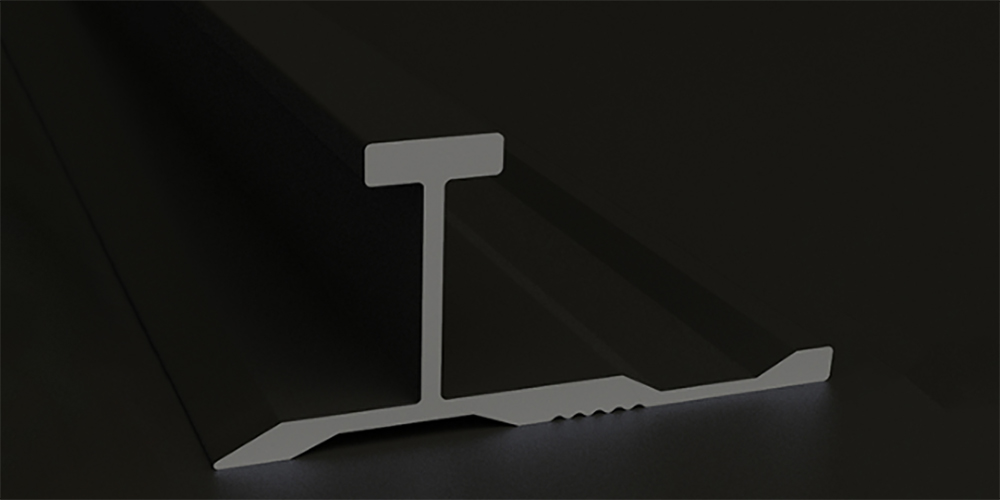
ตอนนี้บริษัทของเรามีเส้นแหล่งกำเนิดแสงที่หลากหลาย เส้นจับคู่ที่มีสีเดียวกัน เส้น I-line ที่แคบมาก แ...
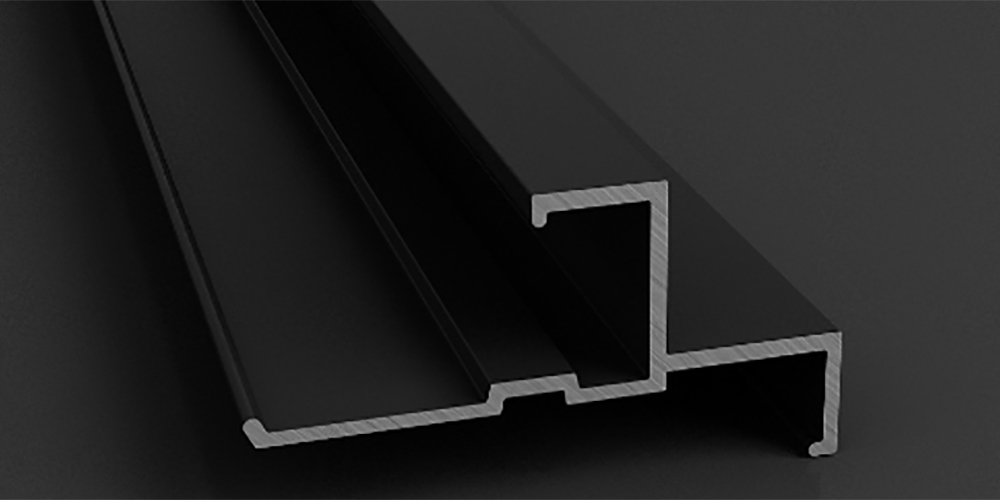
ตอนนี้บริษัทของเรามีเส้นแหล่งกำเนิดแสงที่หลากหลาย เส้นจับคู่ที่มีสีเดียวกัน เส้น I-line ที่แคบมาก แ...

ตอนนี้บริษัทของเรามีเส้นแหล่งกำเนิดแสงที่หลากหลาย เส้นจับคู่ที่มีสีเดียวกัน เส้น I-line ที่แคบมาก แ...
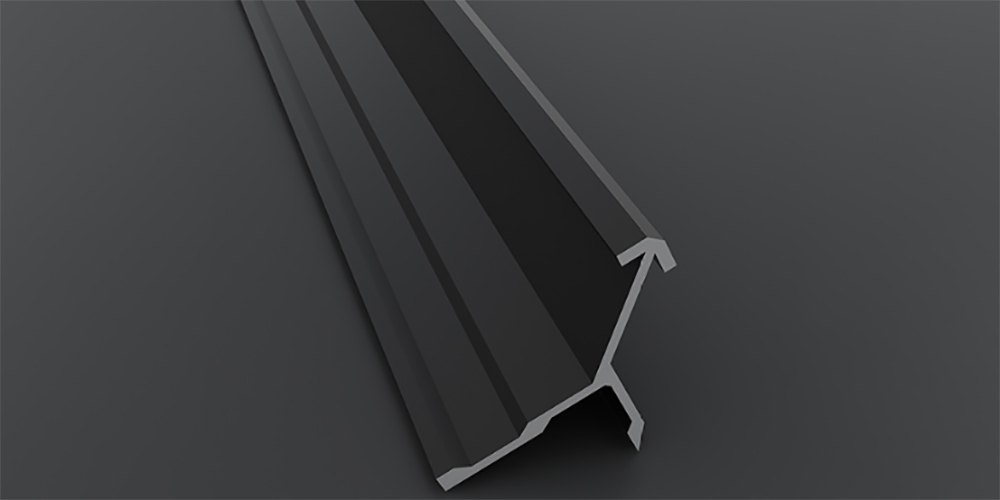
ตอนนี้บริษัทของเรามีเส้นแหล่งกำเนิดแสงที่หลากหลาย เส้นจับคู่ที่มีสีเดียวกัน เส้น I-line ที่แคบมาก แ...
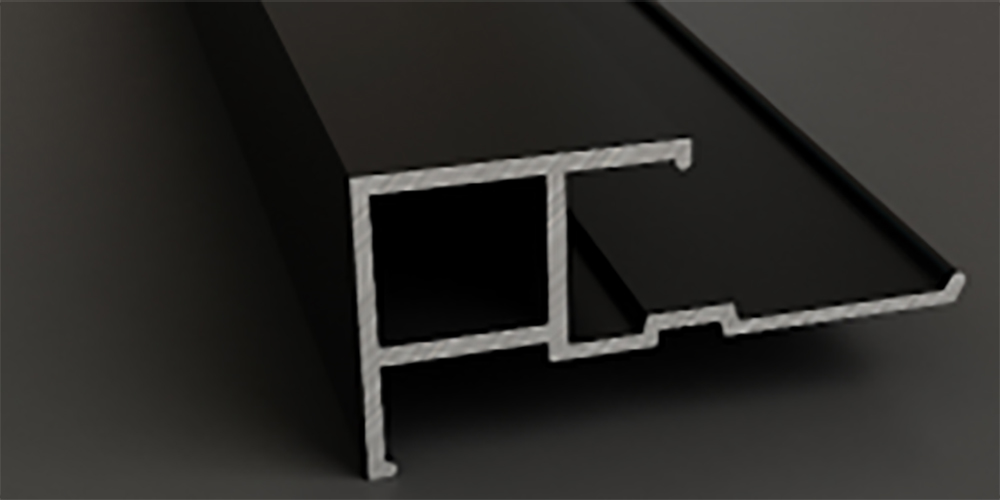
ตอนนี้บริษัทของเรามีเส้นแหล่งกำเนิดแสงที่หลากหลาย เส้นจับคู่ที่มีสีเดียวกัน เส้น I-line ที่แคบมาก แ...

ตอนนี้บริษัทของเรามีเส้นแหล่งกำเนิดแสงที่หลากหลาย เส้นจับคู่ที่มีสีเดียวกัน เส้น I-line ที่แคบมาก แ...

ตอนนี้บริษัทของเรามีเส้นแหล่งกำเนิดแสงที่หลากหลาย เส้นจับคู่ที่มีสีเดียวกัน เส้น I-line ที่แคบมาก แ...
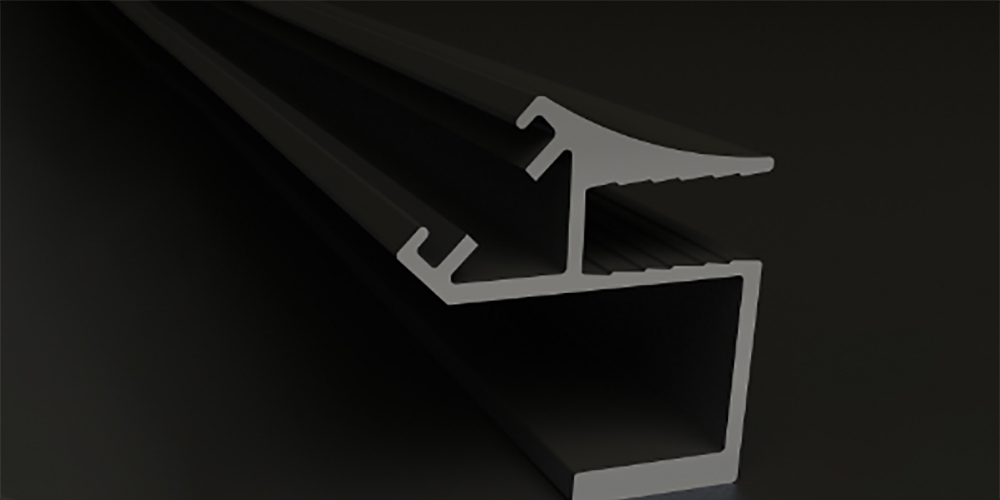
ตอนนี้บริษัทของเรามีเส้นแหล่งกำเนิดแสงที่หลากหลาย เส้นจับคู่ที่มีสีเดียวกัน เส้น I-line ที่แคบมาก แ...
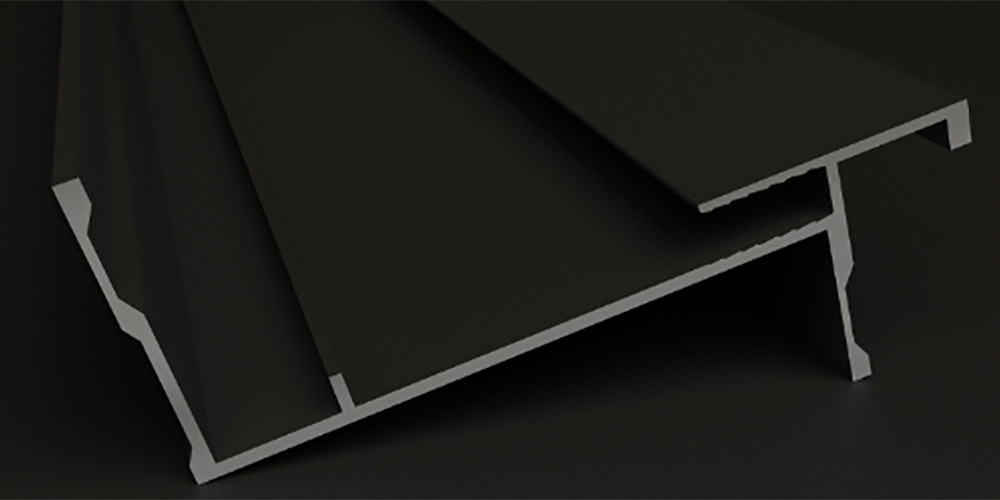
ตอนนี้บริษัทของเรามีเส้นแหล่งกำเนิดแสงที่หลากหลาย เส้นจับคู่ที่มีสีเดียวกัน เส้น I-line ที่แคบมาก แ...
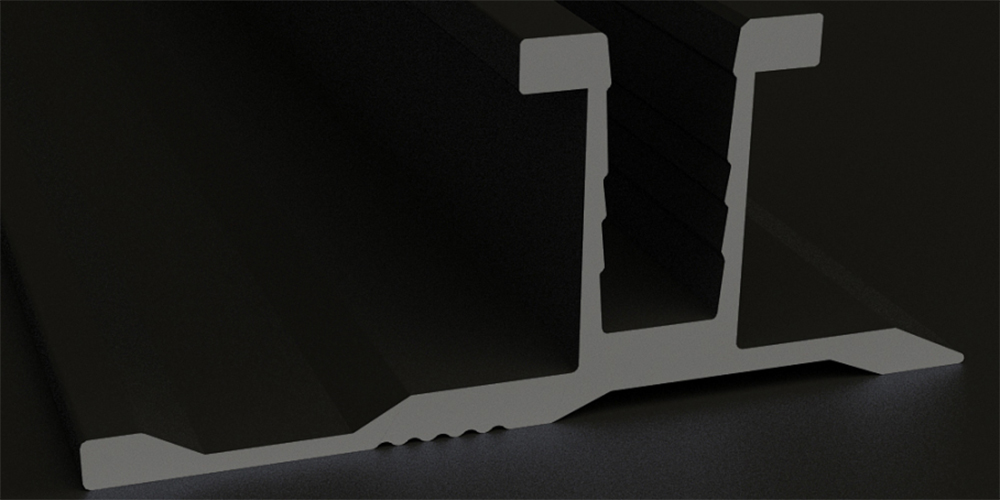
ตอนนี้บริษัทของเรามีเส้นแหล่งกำเนิดแสงที่หลากหลาย เส้นจับคู่ที่มีสีเดียวกัน เส้น I-line ที่แคบมาก แ...
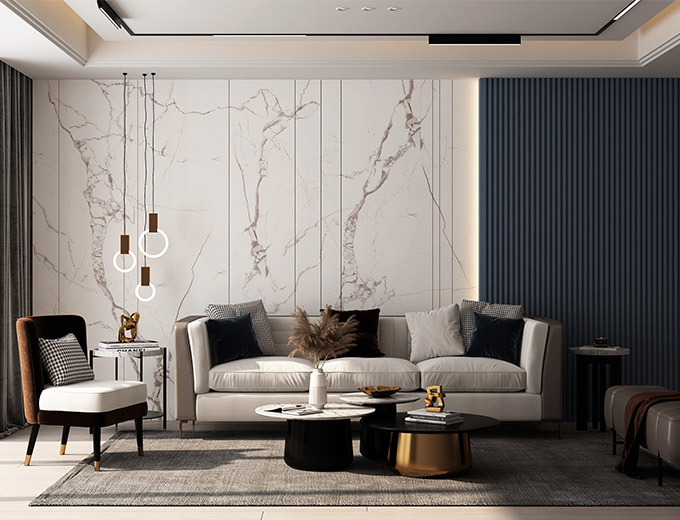

©2022 Zhejiang Insoul Household Co., Ltd. สงวนลิขสิทธิ์ 浙ICP备2021010170号
• นโยบายความเป็นส่วนตัว
• นโยบายร้านค้า
• ข้อกำหนดและเงื่อนไข

ผู้ผลิตแผงผนัง WPC ขายส่ง